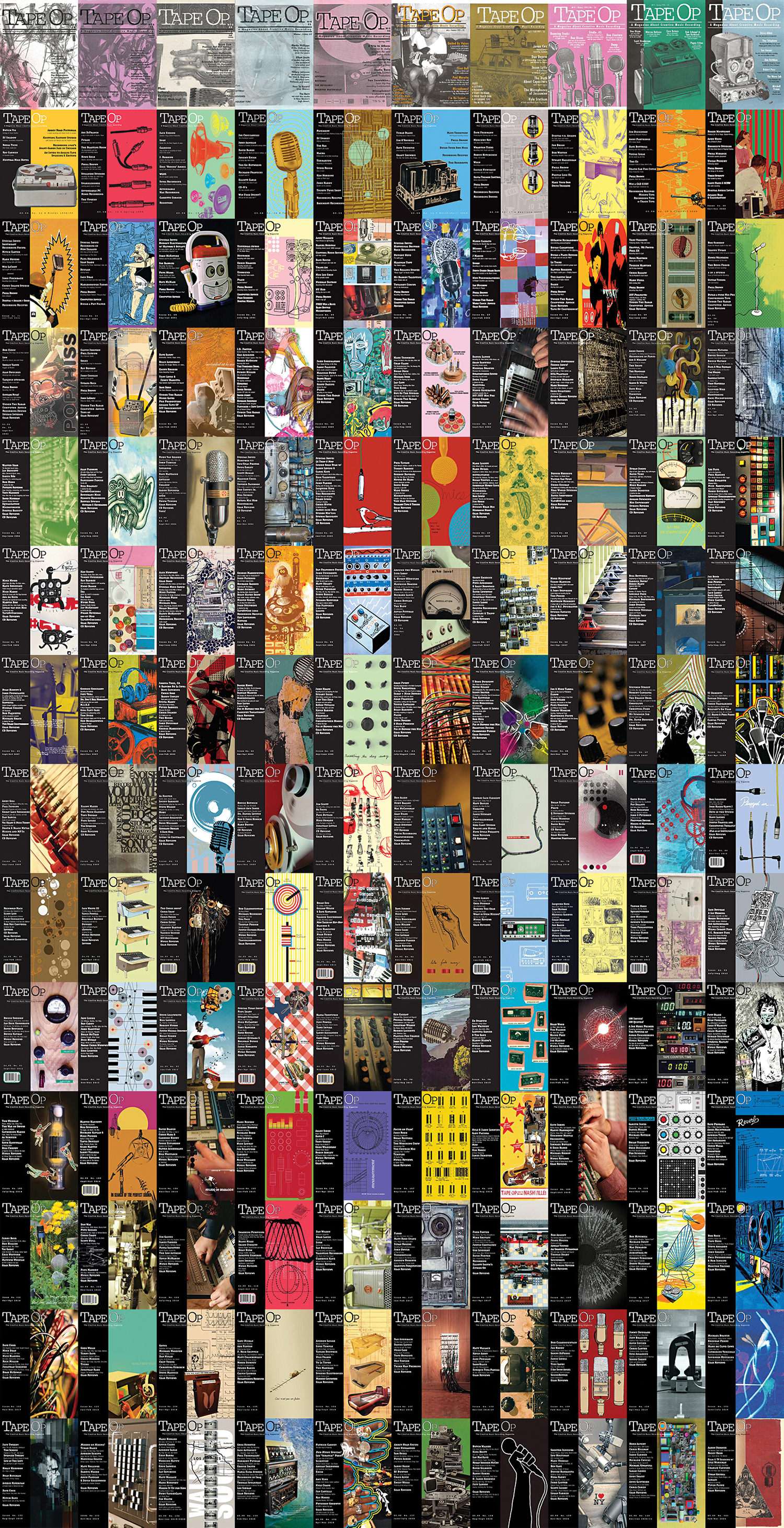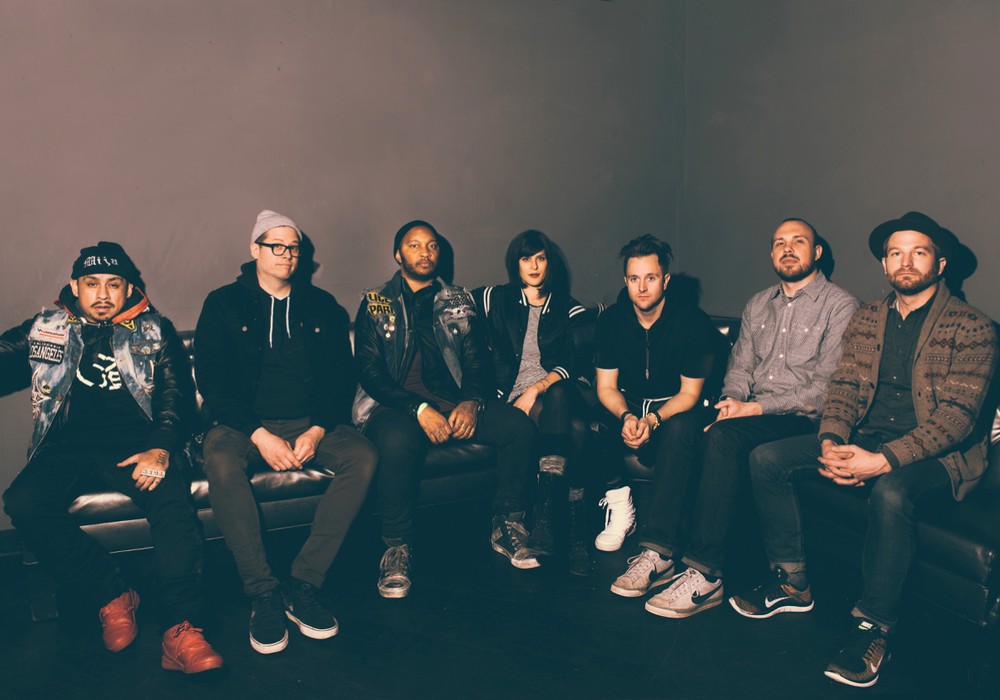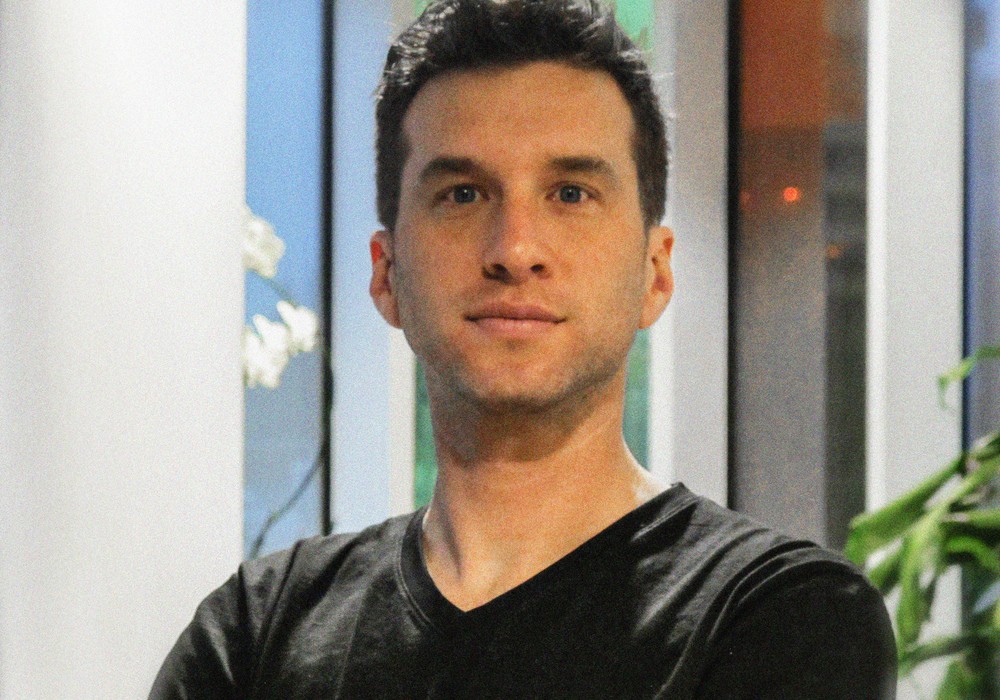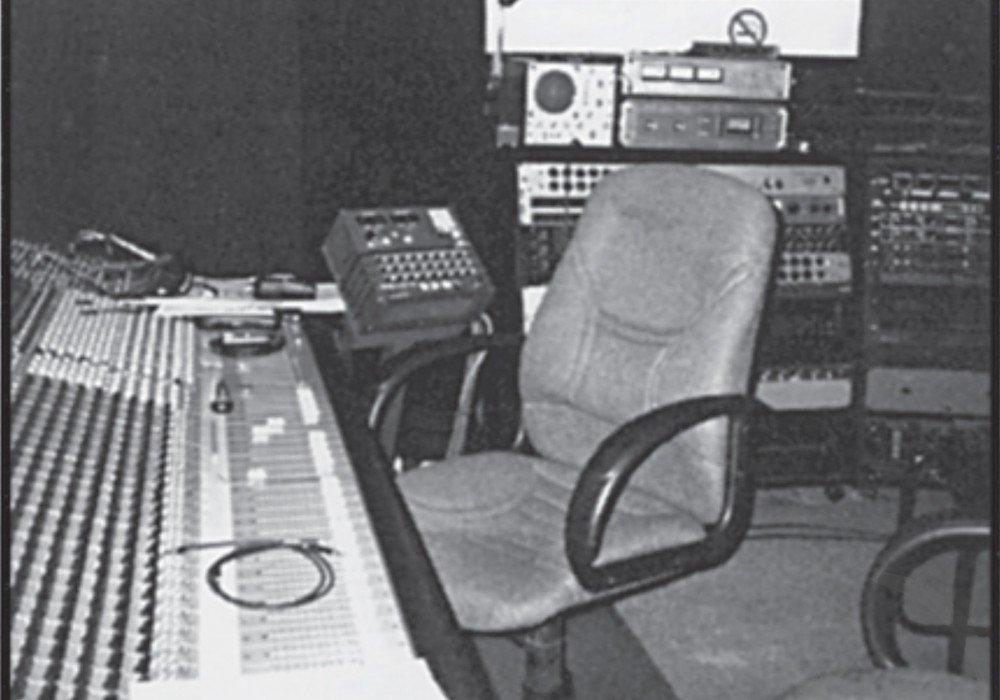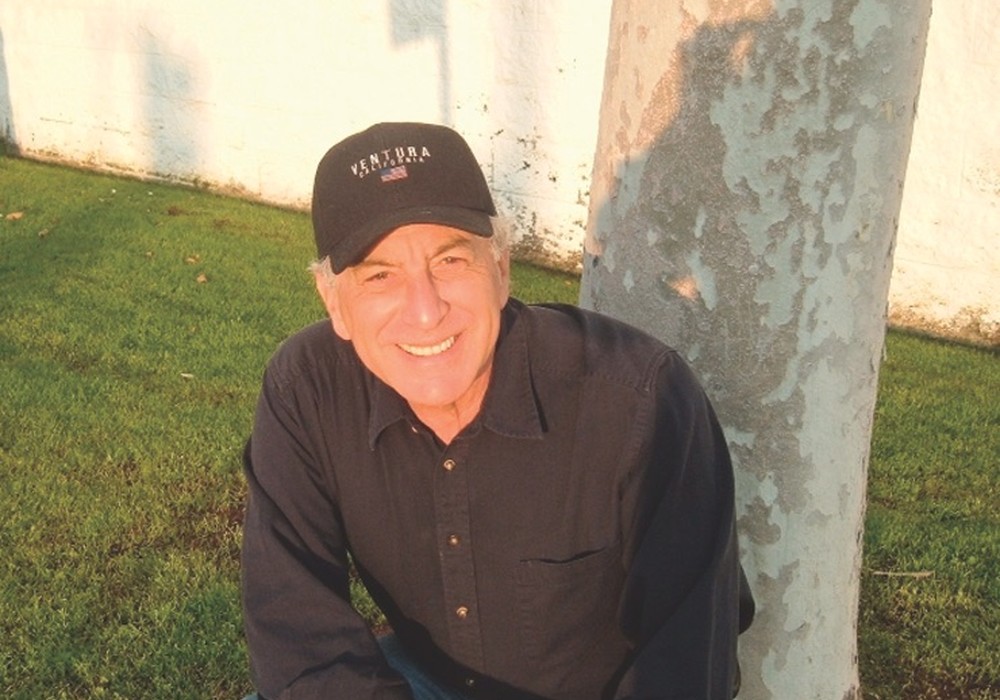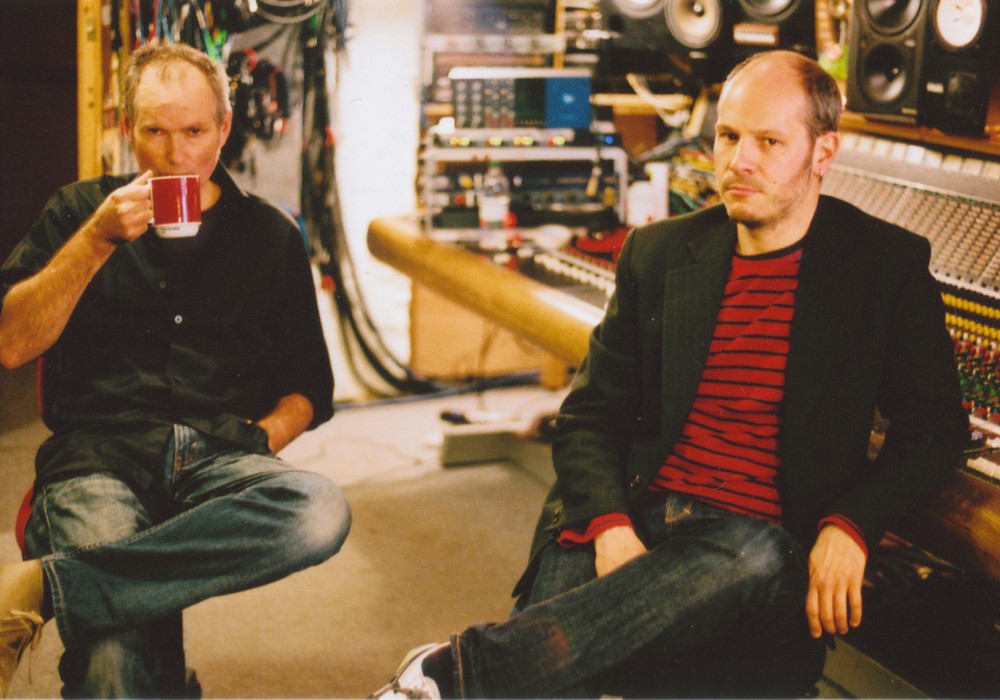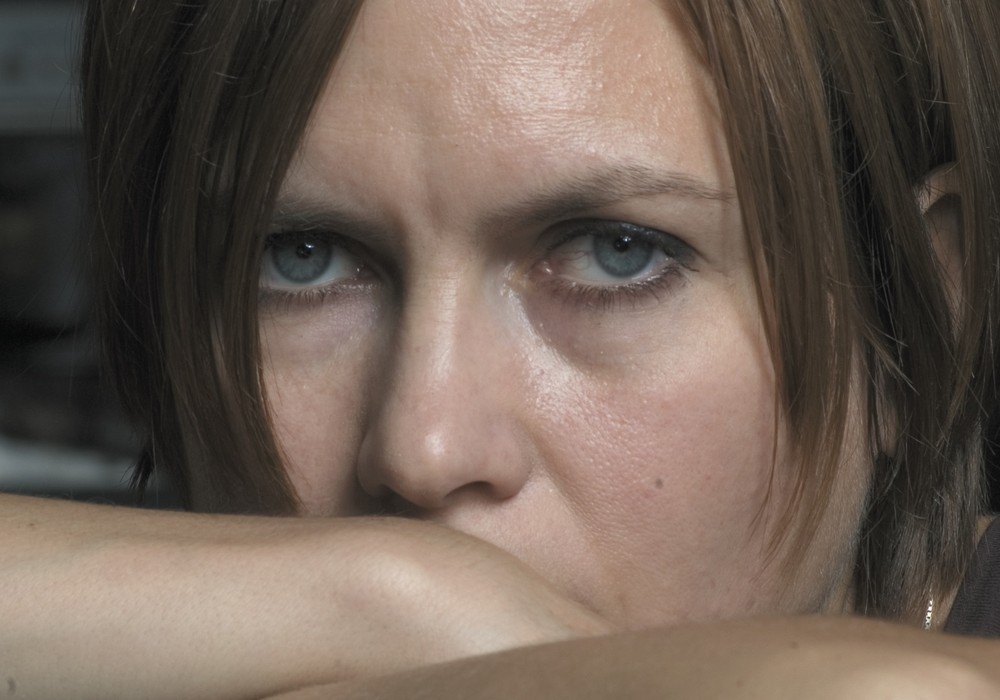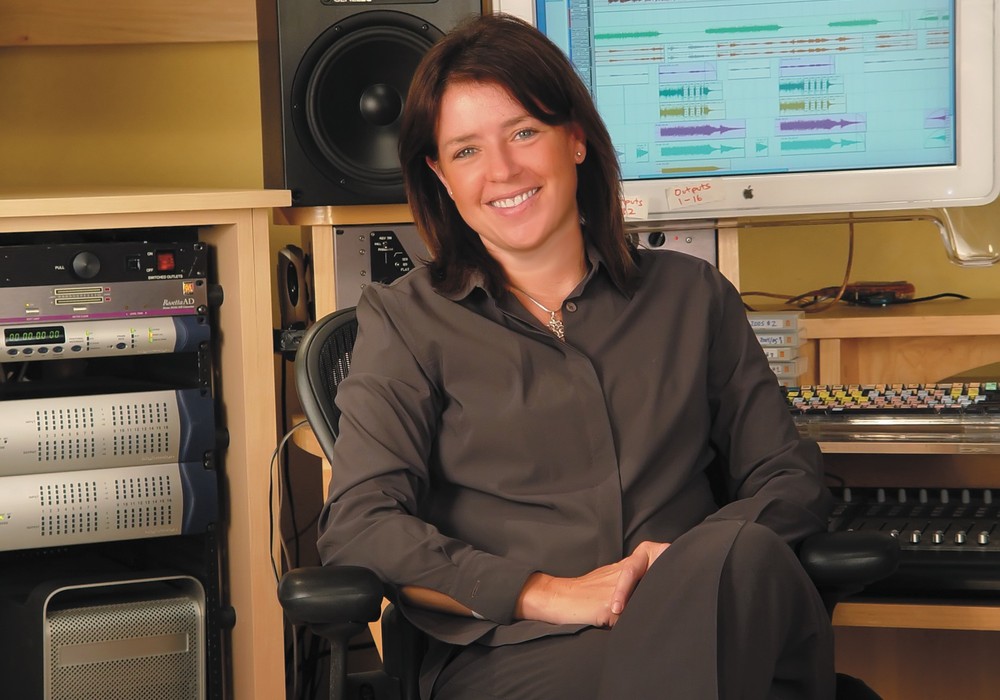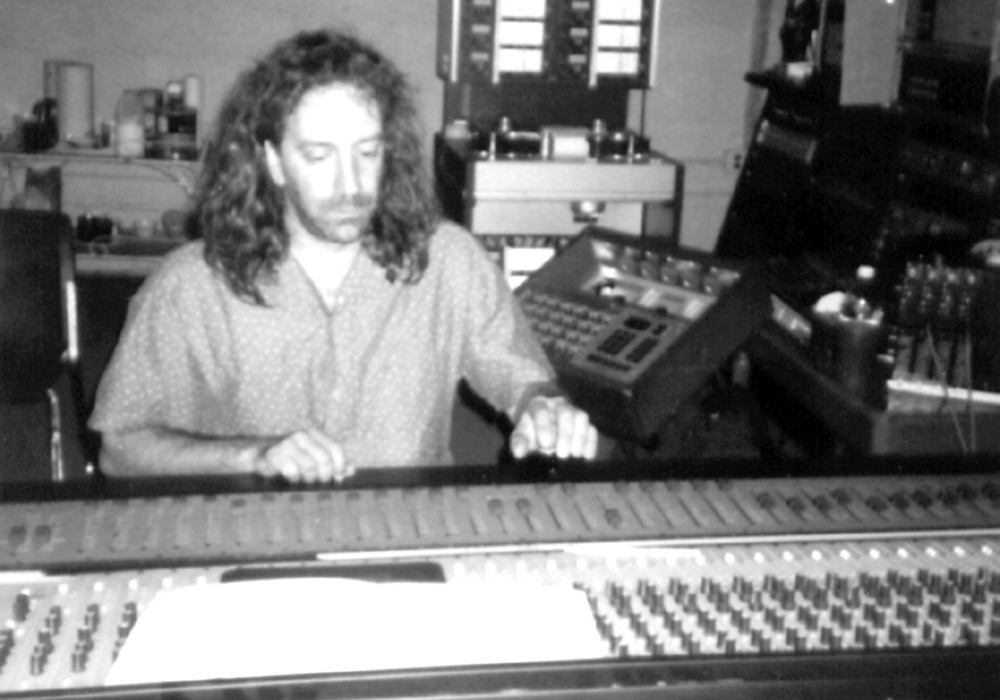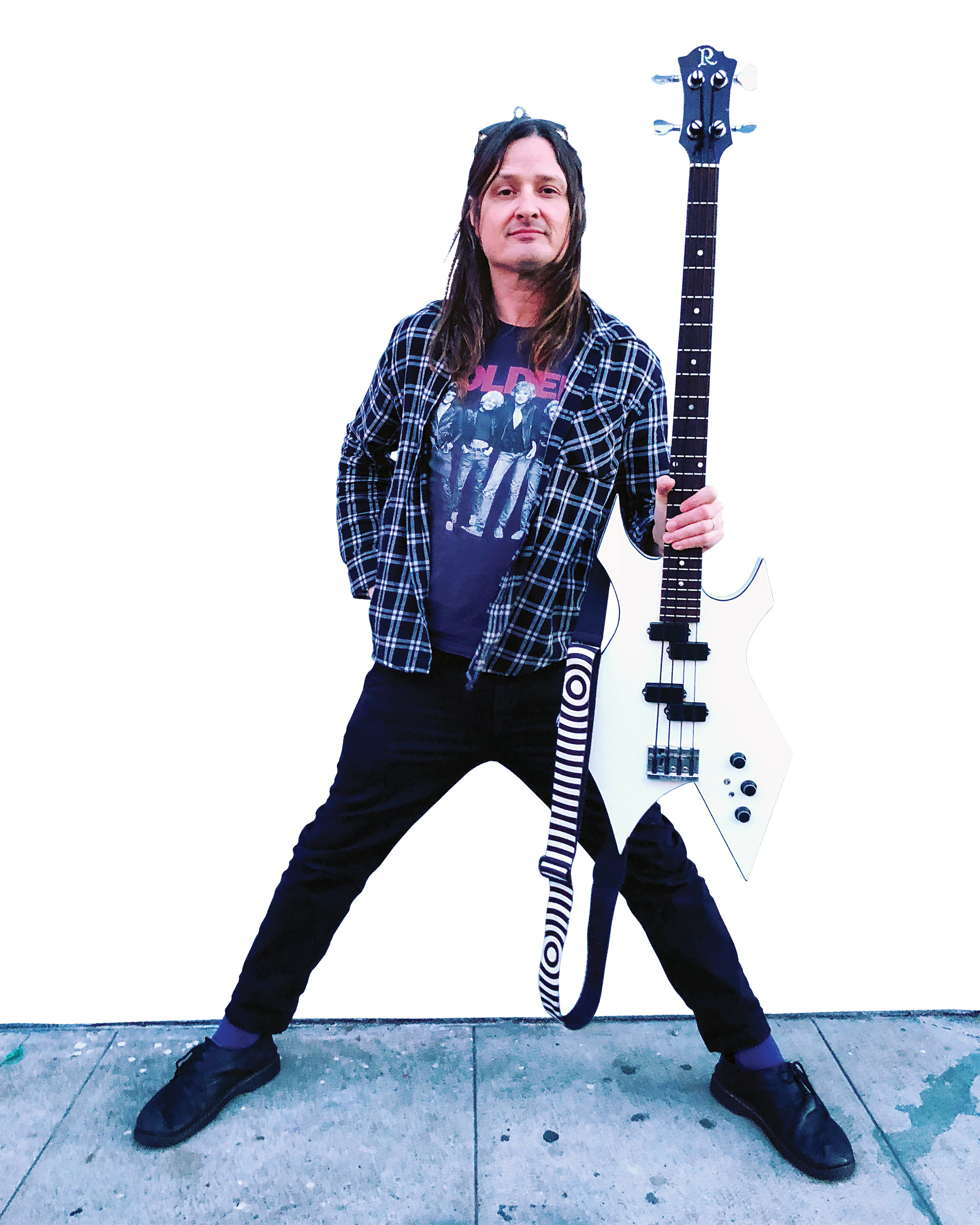
It’s been 40 years since SoCal brothers Jeff and Steven McDonald, then only 17 and 13, first released music as Redd Kross – okay, the band was actually called Red Cross initially – but, cease-and-desist orders aside, that’s one hell of long time for a creative relationship to survive and thrive. From their scrappy beginnings as an amped up, pop-culture-obsessed punk unit to the muscular Kiss and Beatles informed power pop band that clinched them not one, but two major-label deals in the late ‘80s and ‘90s, to their most recent series of excellent albums for Merge Records, Redd Kross have brought superior songcraft to the rock ‘n’ roll table. When the McDonalds began their musical journey it would have been unthinkable for a band, at least one seeking to achieve professional results, to self-record, produce, and mix their own albums. But, as recording technology has evolved over the ensuing decades, both brothers (Steven more obsessively than Jeff, as you’ll see) have embraced the freedom and ability to maintain the integrity of a creative vision that DIY record-making affords. The younger McDonald, who had already tasked himself with mixing Redd Kross’ 2012 album, Researching the Blues, also recorded and engineered all of their latest release, Beyond the Door at his own studio, The Whiskey Kitchen. Propelled by the inimitable Dale Crover of the Melvins (see interview this issue) on drums, it’s an album that sounds so full, so energetic, so totally tubular, that it led an occasional Tape Op contributor such as myself to think, “Fuck! Who recorded this?” That’s the very question that lead me to pitch a story on Redd Kross to the magazine.
Was being in control of the recording process something that you always wanted to achieve?
Jeff: Even on our early records, like Born Innocent, we had guidance; but we were actually producing them ourselves. We had all the arrangements; everything. But we didn’t know the technical aspects, like what a compressor did, so it took a while.
Steven: I think that, from the very beginning, the goal was to be able to be totally self-sufficient. But before computers, the studio was so intimidating; it was a mad scientist lab that we knew nothing about. I paid for our first recordings when I was 11 with my paper route. We went to a place called Media Art [Recording Studio] in Hermosa Beach, and it was 2-inch, 16-track. We would do the graveyard shift and get it for half price. We’d start at midnight and record till 9 a.m. I was 12 years old. It was very psychedelic, because we did not live a graveyard shift life.
J: It was sort of scary and horrifying, but also very cool.
When did you get your own recording gear?
S: We had done some tracks for compilations and B-sides on ADATS, and on a Tascam 38 1/2-inch, 8-track that we borrowed from Jeff’s wife, Charlotte [Caffey]. She was in the Go-Go’s and had built a home studio at the height of the band in 1981, when that was the pinnacle of home-recording gear. There’s a dbx noise reduction box that a lot of people swear by that you can run everything through, but I don’t use that. I’ll still use that machine sometimes now, because the kids want to use tape since they were robbed of that era. But I’ll always say to them, “Look kid, I’ve made as many shitty-sounding recordings on tape as I have on digital!”
J: It’s an awesome sounding machine.
S: When Redd Kross was on hiatus from 1997 to 2006, I got into trying to learn how to do this myself. Finally, I got my first Mac and a [Digidesign] Digi 001 in 2000, and Jeff got one around the same time. It wasn’t until we had Pro Tools that we seriously thought about doing this ourselves.
J: I produced a record on Sympathy for the Record Industry by a band called The Beards, which was Kim Shattuck from The Muffs and Lisa Marr from Cub. It took me almost a year because I didn’t know how to use Pro Tools.
S: In my studio I’m still using the Digi 002 I got about 15 years ago. That has eight inputs, and then I use a 20-bit ADAT to Lightpipe in another eight inputs. Theoretically the recordings are all 24-bit because they’re on Pro Tools, but eight of my channels are digitized, via 20-bit.
J: It’s vintage digital retro!
When did you start recording and mixing all of the Redd Kross music yourself?
S: For our last record, Researching the Blues, we did the basic tracks at a nice studio in Eagle Rock [Los Angeles] called Kingsize Soundlabs, because I didn’t know how to get a good drum sound yet. Then we did overdubs and some vocals at our own space. I spent a bunch of money on a mixer because I love their records. I obviously didn’t have the goods to get the sound that they get on their own records, and I realized that I had to figure out how to mix it myself. That record started in around 2008 and we didn’t finish it until about 2011 because I was also playing in other bands – OFF! and the Melvins – and getting up the nerve to finish the record.
J: I started working on some vocals at home that I hadn’t done yet, and then sending Steven rough mixes.
S: I was in Australia on tour and feeling far away from home when Jeff sent me those. I was on the city tram in Perth when I listened to them, and it was the first time I’d heard the songs in a year or so. I was going crazy because I was so excited about how good it was. That was a real shot...
